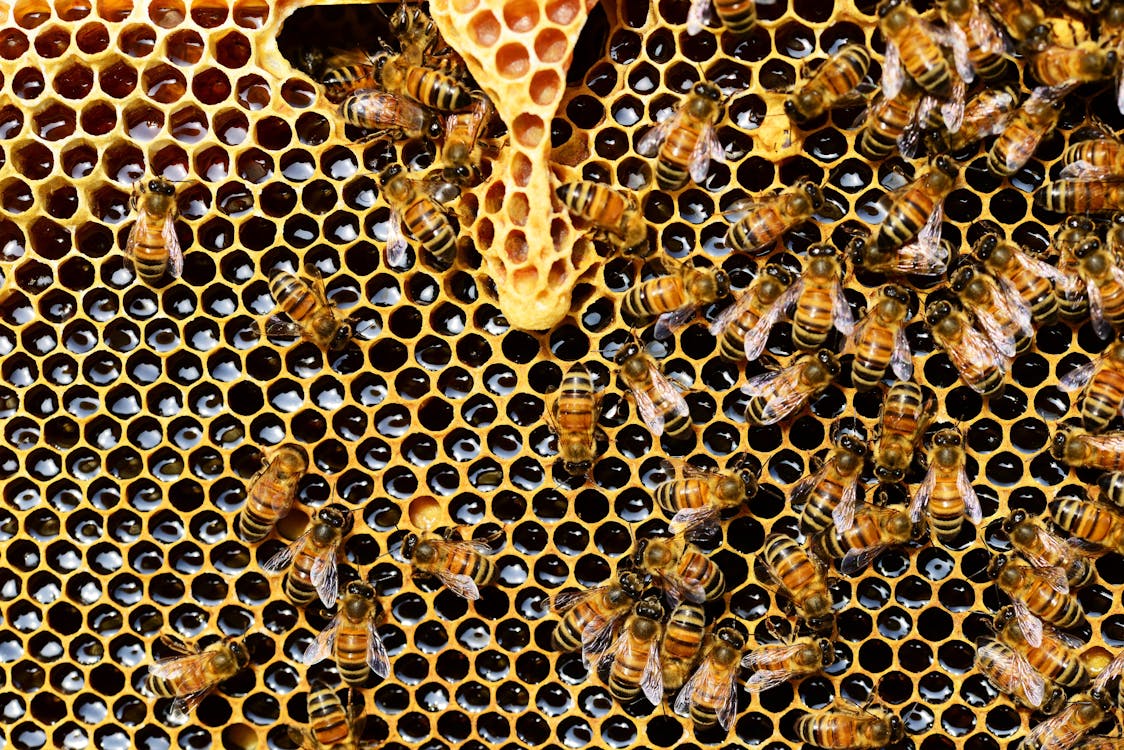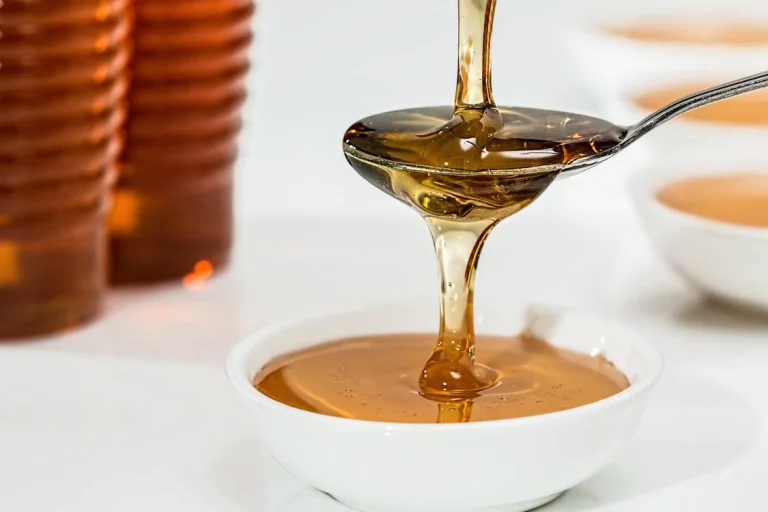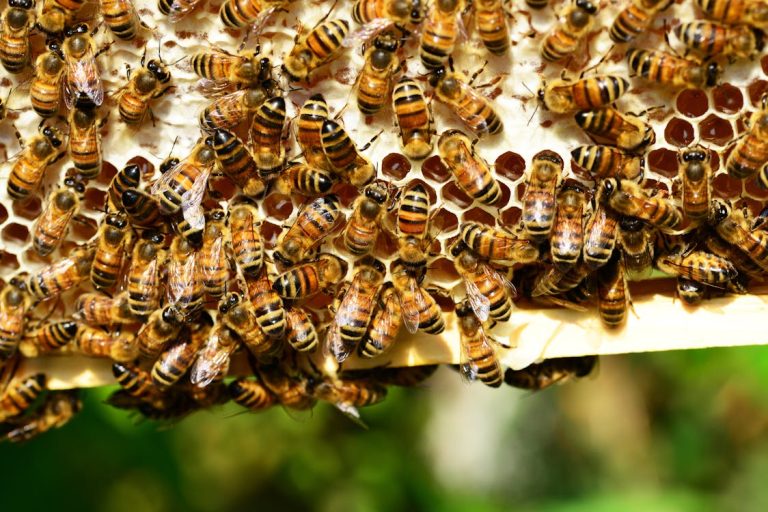Unveiling the Sweet Truth: Raw Honey vs. Filtered Honey Explaine
Honey, the golden elixir of nature, has been cherished for centuries not only for its delightful taste but also for its numerous health benefits. However, not all honey is created equal. In fact, there are significant differences between raw honey and filtered honey that can impact not only their taste but also their nutritional value and overall quality. In this blog post, we’ll dive deep into the world of honey to uncover the distinctions between raw and filtered varieties, helping you make informed choices the next time you reach for that jar of liquid gold.

Understanding Raw Honey:
Raw honey is essentially honey in its most natural form, straight from the hive to the jar. It is collected directly from the honeycomb and undergoes minimal processing, if any at all. Raw honey retains all of its natural enzymes, antioxidants, vitamins, and minerals, making it a powerhouse of nutrition. It typically has a thicker consistency and may contain small particles of wax, pollen, and bee propolis, giving it a cloudy appearance and a more robust flavor profile.
Filtered Honey:
Filtered honey, on the other hand, is processed to remove impurities such as beeswax, pollen, and other debris. This process often involves heating the honey and then straining it through a fine mesh or filter to achieve a clear and smooth consistency. While filtered honey may look more appealing and have a milder taste compared to raw honey, it may also lose some of its nutritional value in the process. The heating and filtering can destroy beneficial enzymes and antioxidants present in raw honey, diminishing its health benefits.
Nutritional Value:
One of the key differences between raw and filtered honey lies in their nutritional composition. Raw honey is rich in enzymes, antioxidants, and other beneficial compounds that contribute to its health-promoting properties. These enzymes are believed to aid in digestion and support overall immune function. Filtered honey, on the other hand, may have reduced levels of these enzymes and antioxidants due to the processing methods involved. As a result, raw honey is often considered to be more nutritionally dense than its filtered counterpart.
Flavor Profile:
Another noticeable difference between raw and filtered honey is their flavor profile. Raw honey tends to have a more complex and intense flavor, with subtle floral notes and hints of the honey’s botanical origins. Filtered honey, on the other hand, may have a milder and more uniform taste, as the heating and filtering process can remove some of the unique flavor characteristics present in raw honey.
In summary, while both raw and filtered honey offer a sweet and delicious addition to your pantry, they each have their own distinct qualities and characteristics. Raw honey is prized for its natural state, rich flavor, and nutritional benefits, while filtered honey is valued for its smooth texture and uniform appearance. Ultimately, the choice between raw and filtered honey comes down to personal preference and priorities. Whether you prefer the bold flavors of raw honey or the clear consistency of filtered honey, both varieties can be enjoyed as part of a healthy and balanced diet. So go ahead, indulge in nature’s sweetest gift, and savor every spoonful of honey goodness!




